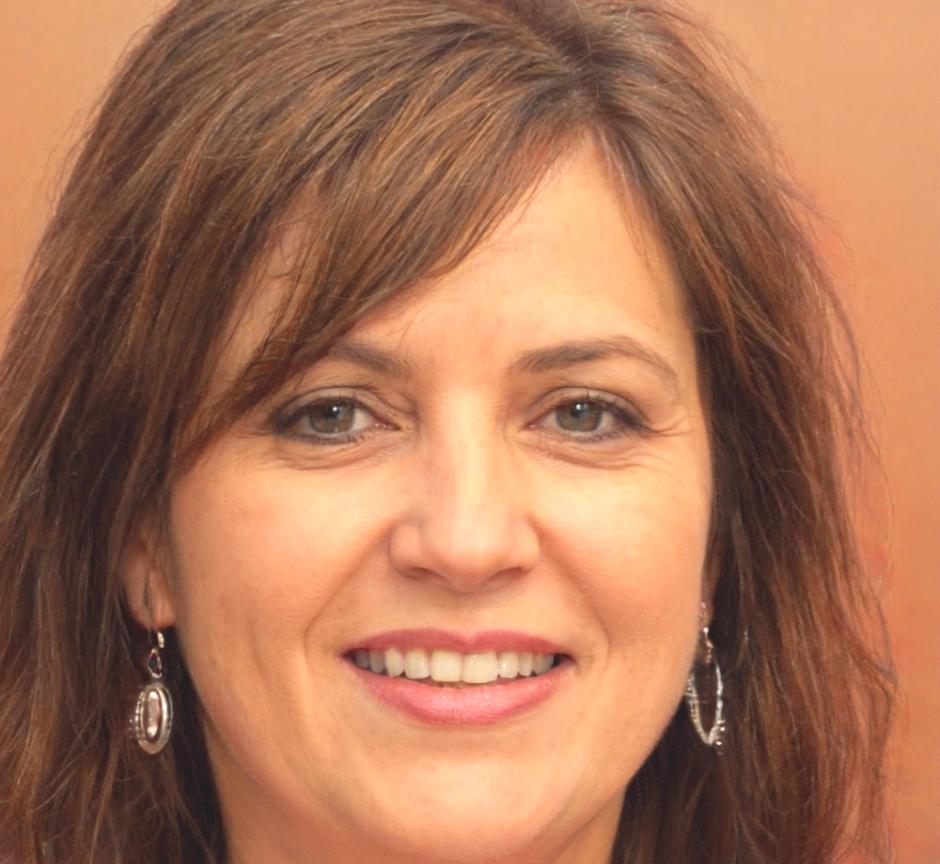Financial Learning That Adapts to Your Schedule
Master personal finance and budgeting through flexible study materials designed for busy professionals. Our resources work around your life, not against it.
Explore ProgramsMaster personal finance and budgeting through flexible study materials designed for busy professionals. Our resources work around your life, not against it.
Explore Programs
Choose the format that fits your learning style and schedule
Quick 10-minute lessons you can complete during commutes or coffee breaks. Perfect for learning on the go.
Hands-on budgeting templates and calculators that you can customize for your specific financial situation.
Visual progress tools that help you monitor your financial milestones and celebrate small wins along the way.

Every learner has different goals and starting points. That's why we create customized study paths that match your current financial knowledge and specific objectives.
Whether you're just starting to budget or looking to master investment basics, our adaptive system adjusts the complexity and pace to keep you engaged without overwhelming you.
Essential financial concepts explained in bite-sized pieces
Start with just 500 baht. Even small emergency funds can prevent debt when unexpected expenses arise.
Use the 50/30/20 rule as a starting point: 50% needs, 30% wants, 20% savings and debt repayment.
Before making purchases over 1,000 baht, wait 24 hours. This simple pause often prevents impulse buying.
Break large financial goals into monthly targets. Want to save 12,000 baht this year? Focus on 1,000 per month.
What to expect as you progress through our financial education program
Start with basic budgeting concepts and expense tracking. You'll learn to categorize spending and identify areas for improvement. Most students find this eye-opening rather than restrictive.
Focus on building sustainable financial habits. We'll cover emergency fund strategies, debt management basics, and simple investment concepts that apply to the Thai market.
Dive deeper into long-term financial planning, including retirement savings options available in Thailand, property considerations, and tax-efficient strategies for different income levels.
Access to updated materials, quarterly financial health check-ins, and a community of learners sharing experiences and tips. Learning doesn't stop at graduation.